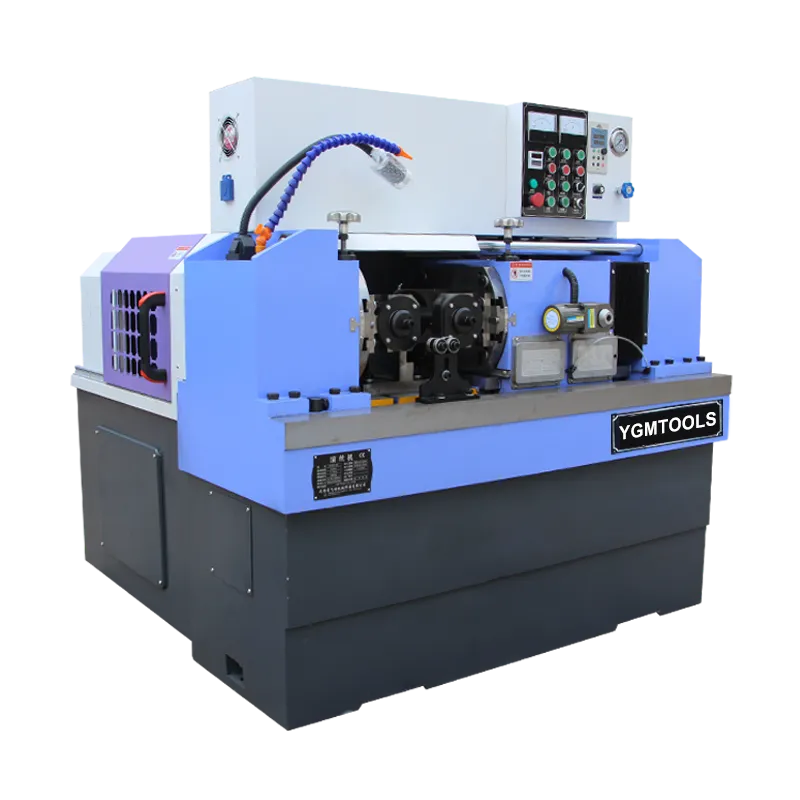
-
 Afrikaans
Afrikaans -
 Albanian
Albanian -
 Amharic
Amharic -
 Arabic
Arabic -
 Armenian
Armenian -
 Azerbaijani
Azerbaijani -
 Basque
Basque -
 Belarusian
Belarusian -
 Bengali
Bengali -
 Bosnian
Bosnian -
 Bulgarian
Bulgarian -
 Catalan
Catalan -
 Cebuano
Cebuano -
 Corsican
Corsican -
 Croatian
Croatian -
 Czech
Czech -
 Danish
Danish -
 Dutch
Dutch -
 English
English -
 Esperanto
Esperanto -
 Estonian
Estonian -
 Finnish
Finnish -
 French
French -
 Frisian
Frisian -
 Galician
Galician -
 Georgian
Georgian -
 German
German -
 Greek
Greek -
 Gujarati
Gujarati -
 Haitian Creole
Haitian Creole -
 hausa
hausa -
 hawaiian
hawaiian -
 Hebrew
Hebrew -
 Hindi
Hindi -
 Miao
Miao -
 Hungarian
Hungarian -
 Icelandic
Icelandic -
 igbo
igbo -
 Indonesian
Indonesian -
 irish
irish -
 Italian
Italian -
 Japanese
Japanese -
 Javanese
Javanese -
 Kannada
Kannada -
 kazakh
kazakh -
 Khmer
Khmer -
 Rwandese
Rwandese -
 Korean
Korean -
 Kurdish
Kurdish -
 Kyrgyz
Kyrgyz -
 Lao
Lao -
 Latin
Latin -
 Latvian
Latvian -
 Lithuanian
Lithuanian -
 Luxembourgish
Luxembourgish -
 Macedonian
Macedonian -
 Malgashi
Malgashi -
 Malay
Malay -
 Malayalam
Malayalam -
 Maltese
Maltese -
 Maori
Maori -
 Marathi
Marathi -
 Mongolian
Mongolian -
 Myanmar
Myanmar -
 Nepali
Nepali -
 Norwegian
Norwegian -
 Norwegian
Norwegian -
 Occitan
Occitan -
 Pashto
Pashto -
 Persian
Persian -
 Polish
Polish -
 Portuguese
Portuguese -
 Punjabi
Punjabi -
 Romanian
Romanian -
 Russian
Russian -
 Samoan
Samoan -
 Scottish Gaelic
Scottish Gaelic -
 Serbian
Serbian -
 Sesotho
Sesotho -
 Shona
Shona -
 Sindhi
Sindhi -
 Sinhala
Sinhala -
 Slovak
Slovak -
 Slovenian
Slovenian -
 Somali
Somali -
 Spanish
Spanish -
 Sundanese
Sundanese -
 Swahili
Swahili -
 Swedish
Swedish -
 Tagalog
Tagalog -
 Tajik
Tajik -
 Tamil
Tamil -
 Tatar
Tatar -
 Telugu
Telugu -
 Thai
Thai -
 Turkish
Turkish -
 Turkmen
Turkmen -
 Ukrainian
Ukrainian -
 Urdu
Urdu -
 Uighur
Uighur -
 Uzbek
Uzbek -
 Vietnamese
Vietnamese -
 Welsh
Welsh -
 Bantu
Bantu -
 Yiddish
Yiddish -
 Yoruba
Yoruba -
 Zulu
Zulu
High-Precision Thread Rolling Machines Utilizing Flat Die Technology for Enhanced Production Efficiency
High-Quality Thread Rolling Machine with Flat Die Technology
In the world of manufacturing, precision and efficiency are paramount. Among the various methods employed to produce high-quality threaded components, thread rolling stands out due to its ability to deliver superior mechanical properties and dimensional accuracy. One of the most effective and popular methods in this domain is the use of flat die thread rolling machines. This article explores the significance, advantages, and applications of high-quality thread rolling machines with flat die technology.
Overview of Thread Rolling
Thread rolling is a cold forging process that transforms a cylindrical blank into a threaded component. Unlike machining processes, which remove material to create threads, thread rolling displaces the material through a series of rollers. The use of flat dies allows for the efficient and precise formation of threads without the inherent waste associated with cutting methods. This process not only enhances the strength of the finished product but also improves its surface finish.
Advantages of Flat Die Thread Rolling Machines
1. Enhanced Material Properties The cold working process used in flat die thread rolling increases the density of the material and refines the grain structure, resulting in stronger and more durable threads. This is particularly beneficial in applications where high tensile strength and fatigue resistance are critical.
2. Cost-Effectiveness Flat die thread rolling machines are known for their efficiency in production. They can manufacture vast quantities of threaded fasteners with minimal waste, reducing the cost per unit. The ability to roll threads instead of cutting them also eliminates the need for secondary operations like finishing or deburring.
3. Dimensional Accuracy These machines ensure high dimensional consistency across production batches. The process is less prone to variations that are common in traditional machining, which can lead to tighter tolerances and better fit in assembly operations.
high quality thread rolling machine flat die

4. Versatility Flat die thread rolling machines can accommodate various materials, including metals like steel, aluminum, and brass. Furthermore, they can create different thread profiles, pitches, and sizes, making them suitable for a wide range of applications from automotive parts to consumer electronics.
5. Reduced Environmental Impact The thread rolling process is more environmentally friendly than traditional machining methods. As it generates little to no scrap material, it contributes to lower waste and demands less energy, aligning with modern manufacturing sustainability initiatives.
Applications of Thread Rolling
The applications for high-quality threaded components produced by flat die thread rolling machines are vast. In the automotive industry, for example, rolled threads are essential for components such as bolts, screws, and fasteners that require high strength and reliability. The aerospace sector also benefits from these machines, as they produce lightweight and robust threaded products crucial for aircraft assemblies.
Moreover, consumer electronics often incorporate threaded components manufactured by thread rolling, where precision and weight efficiency are paramount. From medical devices to industrial machinery, the versatility of thread rolling technology makes it a vital process across numerous fields.
Conclusion
High-quality thread rolling machines utilizing flat die technology offer significant advantages in terms of material properties, cost-effectiveness, and efficiency. Their capacity to produce precise and durable threaded components makes them indispensable in various manufacturing industries. As technology continues to advance, we can expect further innovations in thread rolling processes, further enhancing their capabilities and applications. Investing in such high-quality machinery is a strategic decision for manufacturers aiming to achieve excellence in production quality and operational efficiency.
